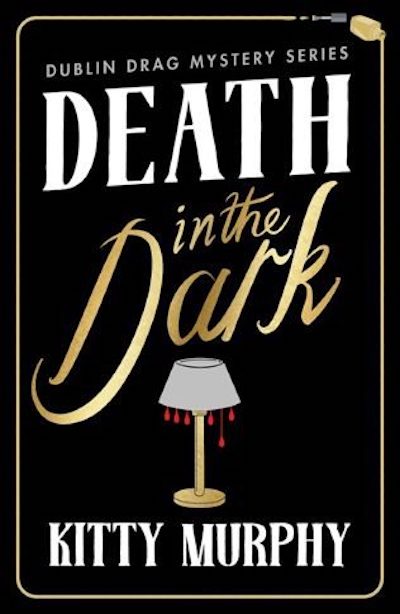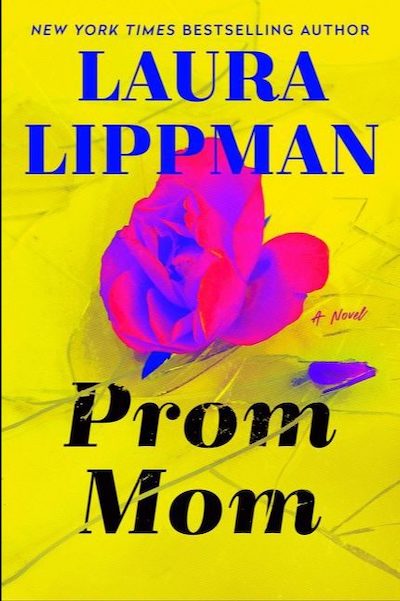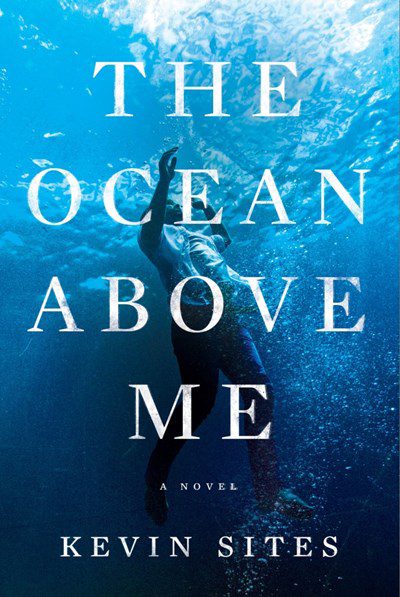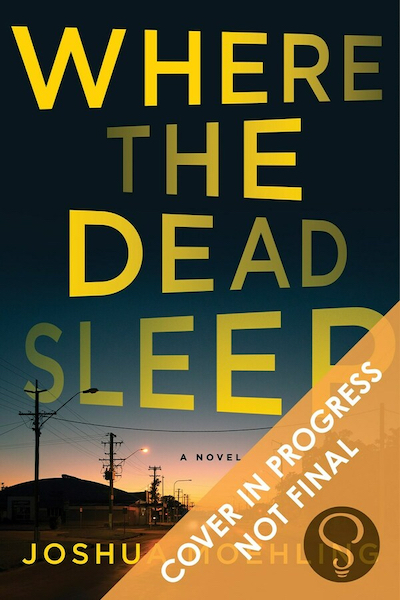The Dublin Drag Mysteries, of which this is Book 2, is a bit like the TV shows “Friends” combined with “Cheers.” Except it’s contemporary, set in Ireland, everyone is a drag queen—except for our narrator and lead, a 20-something woman named Fiona (Fi) McKinnery—and the bar is a nightclub called TRASH. It’s sort of the B-list—or maybe even the C-list?—of Dublin drag venues.
As in the first book, Death in Heels, Murphy is quick to get to the action. Here it’s the disappearance of Sparkle McCavity, a vivacious young drag queen and assistant to the renowned bridal couturier, and queen in her own right, Miss Merkin. Merkin turns to Fi, asking for her help in finding Sparkle. Reluctantly, Fi agrees, only to be caught up in a murder at TRASH that’s absolutely ghastly.
Centered on Fi, her best buddy and roommate Robyn, and their tight circle of friends, the bon mots fly despite the tragedies that surround them. As the situation grows direr, and another queen disappears—with the Gardaí (police) increasingly looking at Fi & Co. with suspicion—the pressure is on for Fi to do what the detectives can’t do: solve the case. Death in the Dark is an exceptionally engaging read leaving this reader wondering: where will Murphy go next with this crew?










